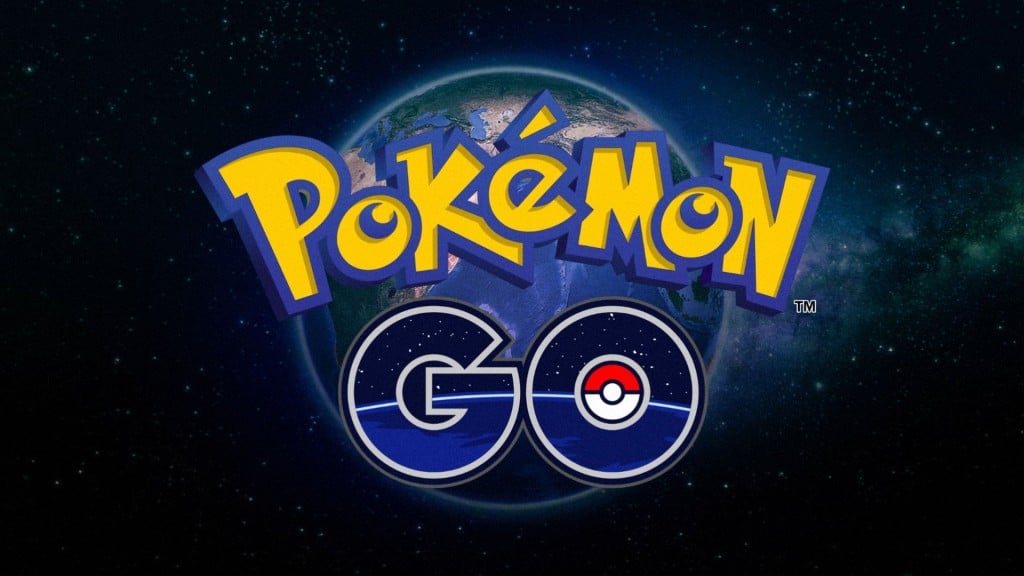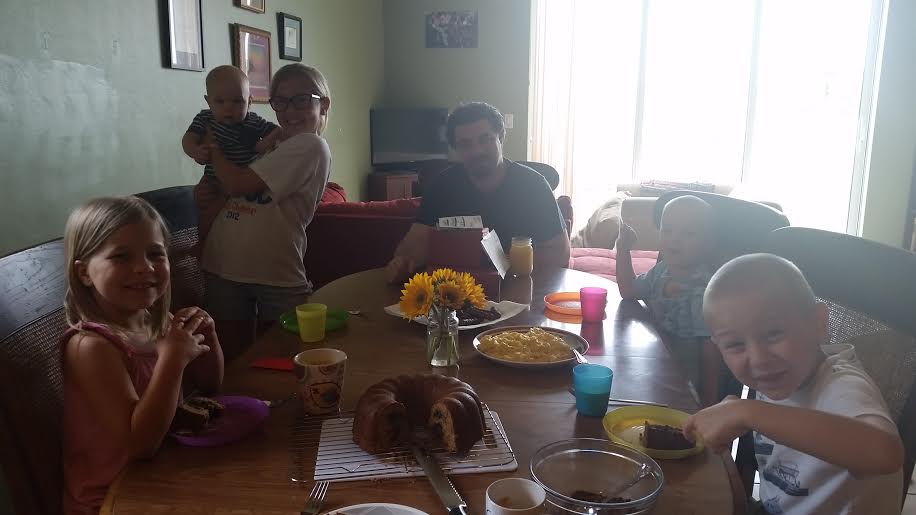Liam and Lincoln both woke up this morning with stuffy-snotty misery colds, so I cancelled our morning Trader Joe’s excursion and battened down the hatches to prepare for a sick-but-not-sick-enough-to-lay-in-sad-but-silent-misery day. After one movie, a half-hour of Legos, 20 minutes of skateboarding across the tile on their stomachs, and 1.5 hours of bickering and hitting each other over the head with plastic swords, I declared story-time.
Liam lost interest and wandered off after I refused to read the rhyming ABC book for the fourth time, leaving Tank and I to read all the furry animal block books, I Want My Hat Back, and Brown Bear, Brown Bear. When I finally told him he could choose one more book before his nap, he picked out Goodnight Moon.
Reading to toddlers can be frustrating. It took me years before I realized that there’s not much point in actually reading to them, unless the words are brief, since all they really want to do is identify everything they see and turn the pages, both backward and forward. Once I got the hang of it, though, I became genuinely fond of toddler reading time. It takes patience, but it’s a delight to watch the ways they try to comprehend and identify what they see in the pictures. Linc, for instance, names all the animals in story books twice: once identifying the species, and then again as a person in our family. Sienna is usually a monkey, Charlotte is often a frog, Daddy is a horse or bear, Liam is a car, and I’m a bunny. I have no idea why he does this, but I love it.
Lincoln’s at that stage where communication is extremely important – not just saying words, but making himself understood. Unfortunately he’s still pretty difficult to understand, so reading is a great way to work on it, since I can usually figure out what he’s saying based on what he’s pointing at. But when we got to the “goodnight bears” page of Goodnight Moon, he started repeating something that I could not decipher.
It didn’t seem to have any relationship to the picture of the bears. He certainly wasn’t saying “bears”, “chairs,” or “goodnight”. I thought that maybe he was saying “mommy” because he was making an “m” sound, but when I pointed at the bear he was pointing at and said “mommy bear?” he said, “nope!” and kept repeating the same thing. At this point, I figured he was just trying to say a sentence or something, and tried the old “smile-and-nod-while-turning-the-page” trick.
That did not go over well. He insisted on turning the page back, then he started making a baffling motion with his fingers – a sort of tiny wiggling motion with his thumb and forefinger around the bears’ feet. The phrase he had been repeating seemed to get longer and increase in complexity, but it was still being repeated, because the same patterns of sounds were recurring. I was starting to worry a little that a synapse in his brain had snapped or something, and briefly wondered how long I should let him continue before resorting to cookie distraction, when he squealed “wee-wee-wee” and ran his fingers up the bears’ legs.
It was like lightning had struck me. I clapped and hugged him and said, “this little piggy! This little piggy! Wee-wee-wee all the way home! You’re playing this little piggy with the bears!” over and over until it sounded like a synapse had snapped in my brain. I can’t remember ever being so overjoyed to finally understand what one of my kids was trying to tell me. It was adorable, sure, but it was also kind of amazing that Linc was playing this little piggy with the bears as he said goodnight, since I often play this little piggy with him at naptime and bedtime. He wasn’t just naming or recognizing, he was connecting words with times of the day and rituals that he loves, and passing them on.
It makes me wonder how much I miss when I don’t take the time really hear my kids — even the ones who can barely talk. Listening and responding is only the most superficial level of communication, and we all long for something deeper. Being truly heard, not just listened to, is one of the most fundamental desires of humanity. It’s why we tell stories, paint, sculpt, sing, play music, and dance – to express the inexpressible, and be understood. To find communion with each other.
This is one of the reasons it’s better begin any conversation with the assumption that the person you’re speaking with has something to communicate that you don’t yet know, or don’t fully understand. If we begin a conversation with the assumption that our interlocutor is wrong and use the conversation to prove why, we run the risk of listening but never hearing. Never grasping that other people experience life in ways we haven’t, and thus never learning anything new or understanding anything more deeply. It should not be threatening to think that someone might understand something that we don’t, whether through study or through lived experience. It shouldn’t be frightening to consider that the world, and God, might be bigger, stranger, and more wonderful than we realize — it’s true. And nothing can change what is true. The only thing that might change is how deeply we understand it.















